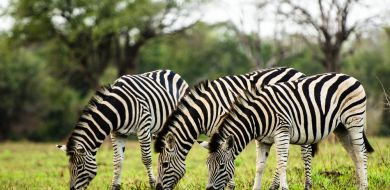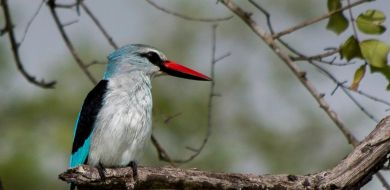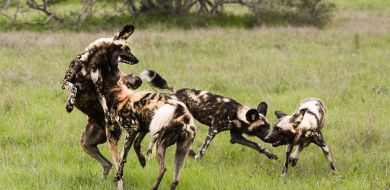Common / Blue Wildebeest (gnu)
on Dec 13, 2014The Blue Wildebeest belongs to the family Bovidae and more importantly the tribe Alcelaphini. The key traits for this tribe are, large and medium sized antelopes, with high forequarters and sloping backs, both sex's have horns, this is because they are grassland animals and females need the horns to deter predators and protect their young, as there is often not enough sufficient cover to hide from predators.
Found only in Africa this tribe reached its peak about 2 million years ago when there were over 8 genera with at least 15 different species which has now been reduced to only 7 species and 3 genera, however it does remain one of the most numerous and widely distributed bovid tribes.
Wildebeest have a broad muzzle with wide incisor row and loose lips specially adapted for close, rapid bulk feeding on short grass. They favour grass plains covered by colonial grasses which spread by means of rhizomes which carpet the ground and respond to grazing and trampling by means of re-growth. Wildebeests in high densities can actually maintain and even create the type of pasture they prefer.
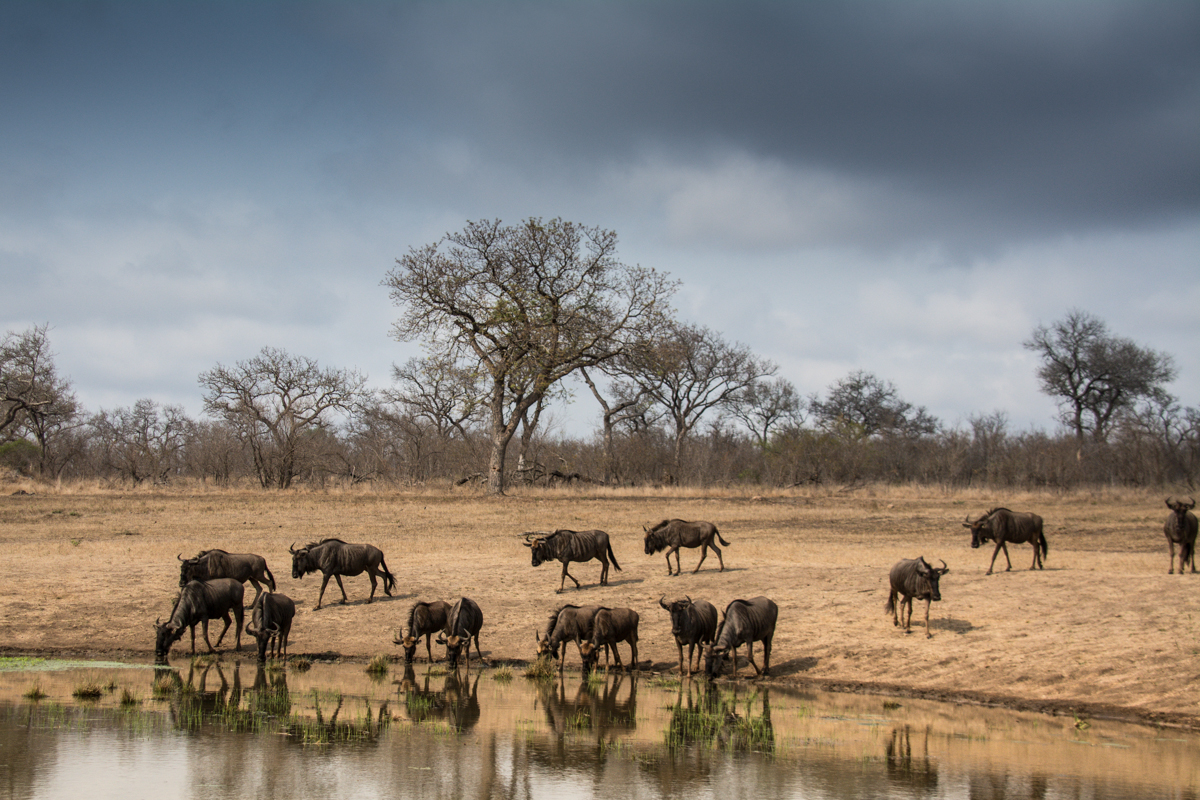
Wildebeest spend on average 53% of their time resting (32% lying down and 21% standing) this includes ruminating, 33% of their time is spent grazing and 12% walking and only 1 - 1.5% of their time in social interactions.
The Blue Wildebeest is also often called the Brindled Gnu, this is because of its coloration. It has dark bands over its shoulders and flanks which give it a brindled appearance. The Gnu term refers to its call, a Gnuuu Gnuuu sound.
Mature male wildebeest will actively defend and mark their territory by means of scent marking and middens. They have specially modified glands situated under the eye called pre orbital glands which they will rub against trees leaving a scent, thus marking his territory. They also have pedal glands in between their toes which are used by raking the ground (sometimes forming bare patches of soil) after which the scent is transferred to the soil thus marking its territory.
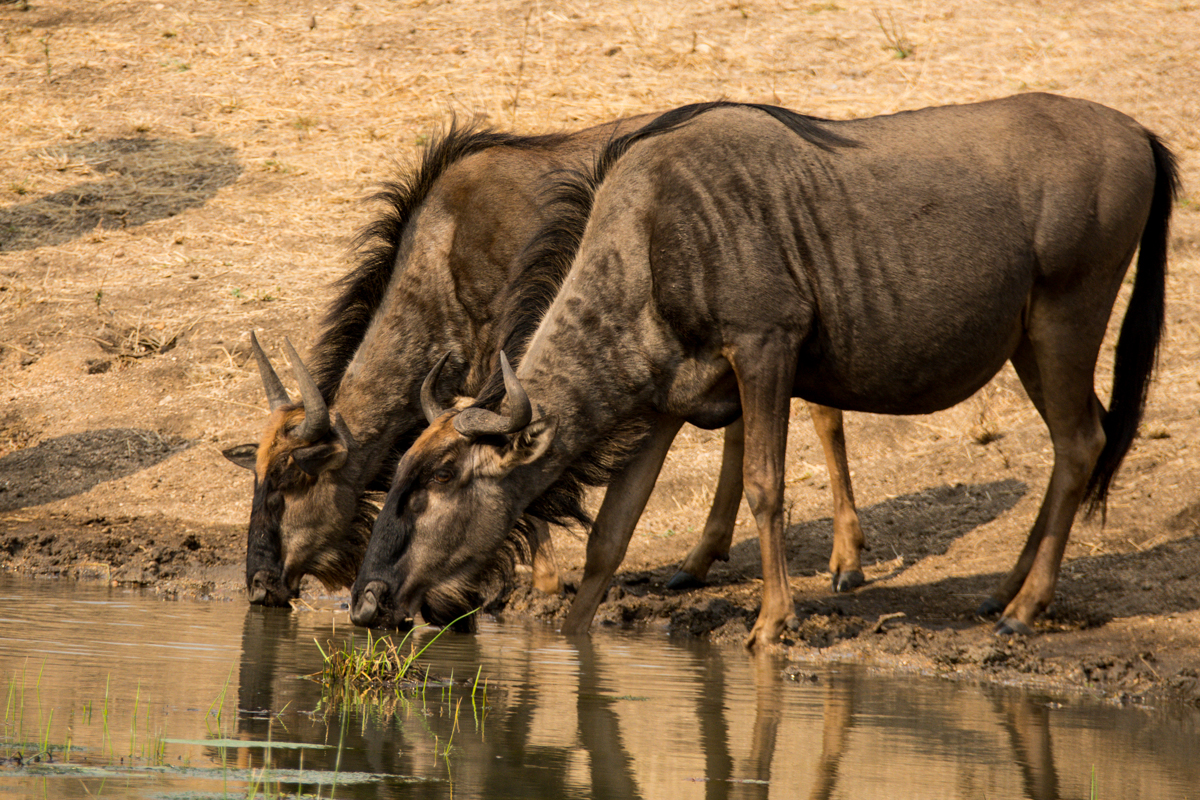
Territorial bulls will then defend their territory but will tolerate subordinate males provided they show submissive behaviour (head held low). If they do not show submissive behaviour they will then engage in what is known as twist fighting, this is a magnificent sight to see as both males will bow down on their knees and wrestle each other with their horns trying to throw one another off balance. The weaker male will move off once defeated by the stronger male.
Territorial males are solitary whilst defending their territory and will wait for females to pass through their territory. Generally, the stronger the bull the better his territory will be, this is depicted by the abundance of food and water. Bulls with a water hole and good grazing grass are seen to be stronger as they have to actively fight for the prime ground where females are bound to enter. Once females enter, the dominant male will actively herd the females and try to keep them in his territory until they are ready to mate.
